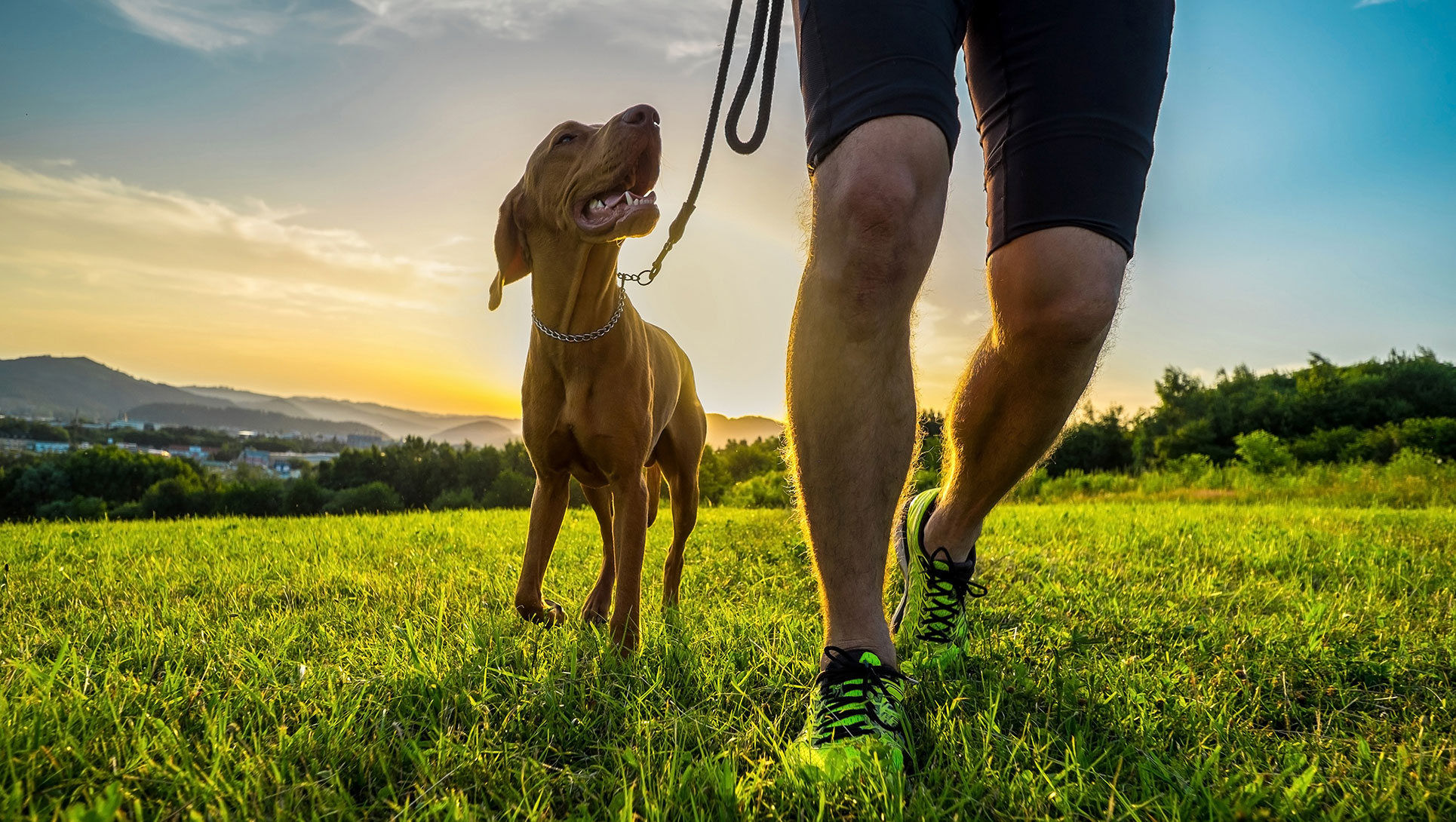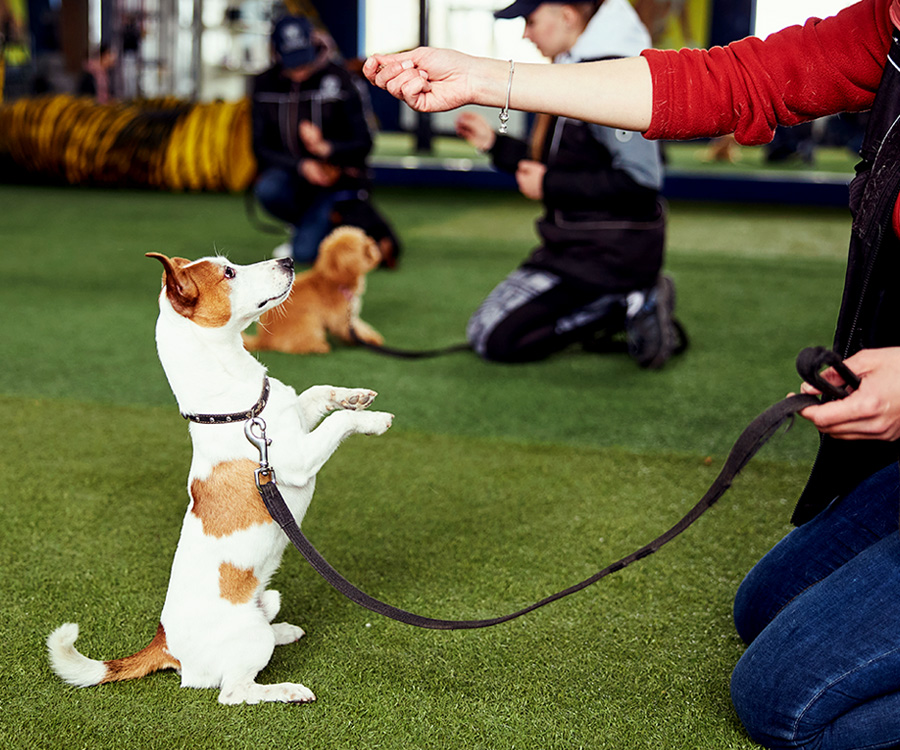Dog Training for First-Time Pet Owners: What You Need to Know
Dog Training for First-Time Pet Owners: What You Need to Know
Blog Article
Newbie's Guide to Effective Dog Training in your home
Successfully training a pet dog in the house calls for a nuanced understanding of canine habits and efficient interaction approaches. Developing clear training goals, making use of top notch benefits, and preserving consistency throughout family members are vital components. Integrating training into day-to-day regimens can boost both involvement and retention. Lots of beginner instructors encounter obstacles that may prevent progression. To browse these intricacies successfully, it's necessary to explore numerous vital elements that can transform your method and cause an unified relationship with your pet dog. What fundamental principles should every beginner understanding to guarantee success?
Comprehending Canine Behavior
Understanding canine actions is crucial for efficient training and cultivating a harmonious partnership in between humans and their canine friends. Canines communicate mainly via body language, vocalizations, and faces, making it essential for owners to interpret these signals precisely. Identifying behaviors such as tail wagging, roaring, or trembling can give insights right into a dog's emotional state and intents.

Common behavioral concerns, such as aggression, stress and anxiety, or extreme barking, often stem from misconceptions or unmet needs. Observing and addressing these problems without delay can prevent acceleration and guarantee a favorable training experience. By fostering a deep understanding of pet habits, proprietors can tailor their training methods to fit their canine buddies, ultimately leading to a happy and mannerly family pet.
Essential Educating Tools
A fully equipped training room can considerably improve the efficiency of pet training at home. Essential training tools ensure that both the pet and the fitness instructor can participate in effective sessions that foster knowing and bonding.

Investing in a tough leash and a comfy, well-fitting collar or harness is crucial for safety and control. These tools aid develop borders and make certain the canine remains secure throughout training. Furthermore, a designated training area, without diversions, aids concentration for both the pet dog and the fitness instructor.
Training help such as training pads, cones, or agility equipment can likewise boost the experience by presenting range and challenges. Having a note pad or digital app for tracking progression can be very useful, allowing you to note successes and areas for enhancement. Making use of these important devices will create a positive training environment and lay the foundation for effective discovering.
Producing a Training Routine
Developing a regular training routine is crucial for efficient canine training in your home. A well-structured routine not just assists in enhancing desired actions however also offers your canine with a sense of protection and predictability. To produce an efficient training regular, start by determining particular training objectives, such as fundamental commands, chain walking, or housebreaking.
Pick an assigned time each day for training sessions, ideally when your pet is helpful resources sharp and receptive. Procedure should be brief, about 5 to 15 mins, to preserve focus and protect against exhaustion. Consistency in timing and setting will certainly enhance your pet dog's knowing experience.
Integrate training into everyday tasks to strengthen skills. For example, practice commands during walks or nourishment, which incorporates learning into all-natural regimens. Furthermore, continue to be adaptable and adjust the regular as essential, accommodating your canine's power degrees and state of mind.
Positive Reinforcement Techniques
Favorable support methods are essential to effective pet dog training, advertising wanted behaviors with rewards instead than punishment. This approach uses positive stimuli, such as deals with, praise, or playtime, to urge dogs to duplicate specific actions. The foundation of this technique is timing; benefits need to be offered promptly following the desired actions to create a clear association.
When executing positive reinforcement, it is vital to select rewards that are motivating for your canine. High-value treats, such as little items of poultry or cheese, can be particularly efficient during training sessions. Additionally, differing the benefits can preserve your pet's passion and enthusiasm.
Beginning with straightforward commands, like "sit" or "remain," and gradually development to more intricate jobs. Uniformity is crucial; guarantee that all household members make use of the exact same commands and incentive systems to stay clear of complication.
Additionally, it is important to remain client and prevent stress. Dogs, like people, discover at their own speed. By cultivating an encouraging training setting via favorable support, you can enhance your canine's learning experience while reinforcing the bond between you and your fuzzy companion, laying the groundwork for successful training outcomes.
Usual Educating Difficulties
While training a canine in your home can be a gratifying experience, it usually features a collection of typical difficulties that can examine both perseverance and uniformity. One prevalent concern is diversion. Canines may end up being conveniently sidetracked by sounds, activities, and even fragrances in their setting, making it tough to preserve their focus during training sessions.
An additional difficulty is disparity in commands and reinforcement. If family participants use different signs or incentives, it can perplex the dog and impede progression. Developing a unified strategy is crucial for efficient communication.
In addition, pet dogs can experience irritation or tension, specifically if they do not understand what is anticipated of them. This can result in undesirable habits, such as barking or eating.
Lastly, the timing of support is crucial (Dog training). Postponed incentives can decrease the efficiency of positive reinforcement, as canines might fall short Dog training to link the behavior with the click to find out more benefit
Getting over these difficulties needs commitment, clear interaction, and a structured training strategy. Acknowledging and resolving these typical barriers will certainly lead the way for a more pleasurable and successful training experience in the house.
Conclusion
In verdict, successful canine training at home requires a detailed understanding of canine habits and effective interaction techniques. By developing clear training goals and utilizing top quality treats along with favorable support, the training procedure comes to be more satisfying for both the fitness instructor and the pet.
Establishing a regular training routine is vital for efficient dog training at home.Favorable support techniques are basic to effective dog training, advertising desired behaviors through incentives instead than penalty (Dog training). By cultivating a supportive training atmosphere through favorable support, you can boost your pet's understanding experience while enhancing the bond between you and your fuzzy friend, laying the foundation for successful training end results
In conclusion, effective canine training at home requires a thorough understanding of canine habits and effective communication approaches. By developing clear training goals and using top notch deals with together with positive reinforcement, the training procedure ends up being extra rewarding for both the trainer and the dog.
Report this page